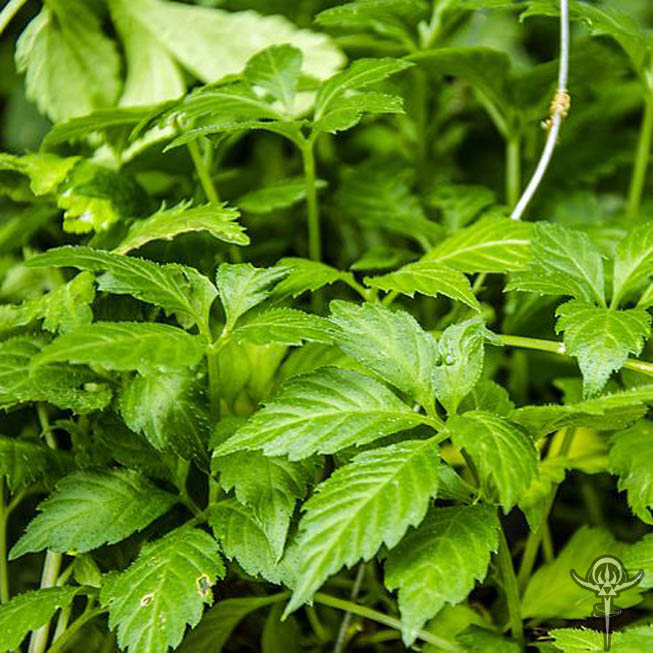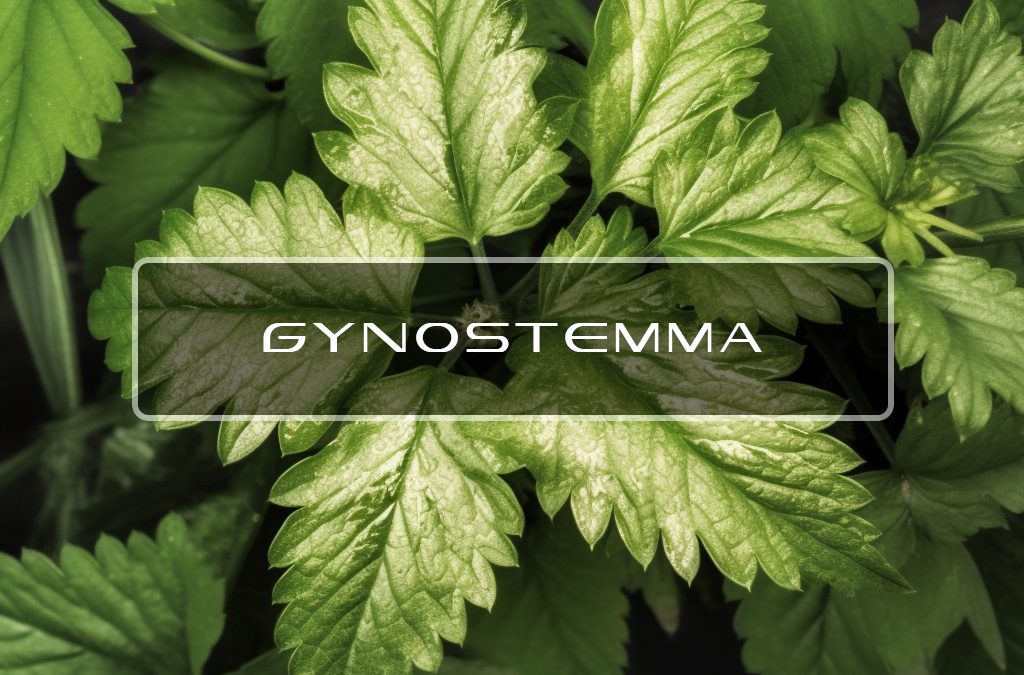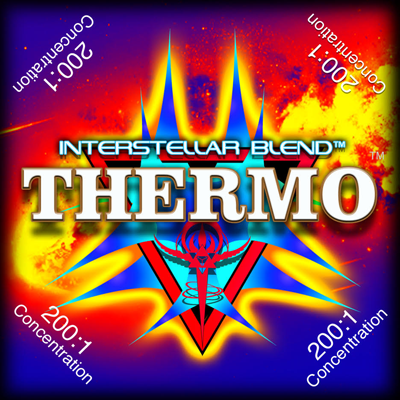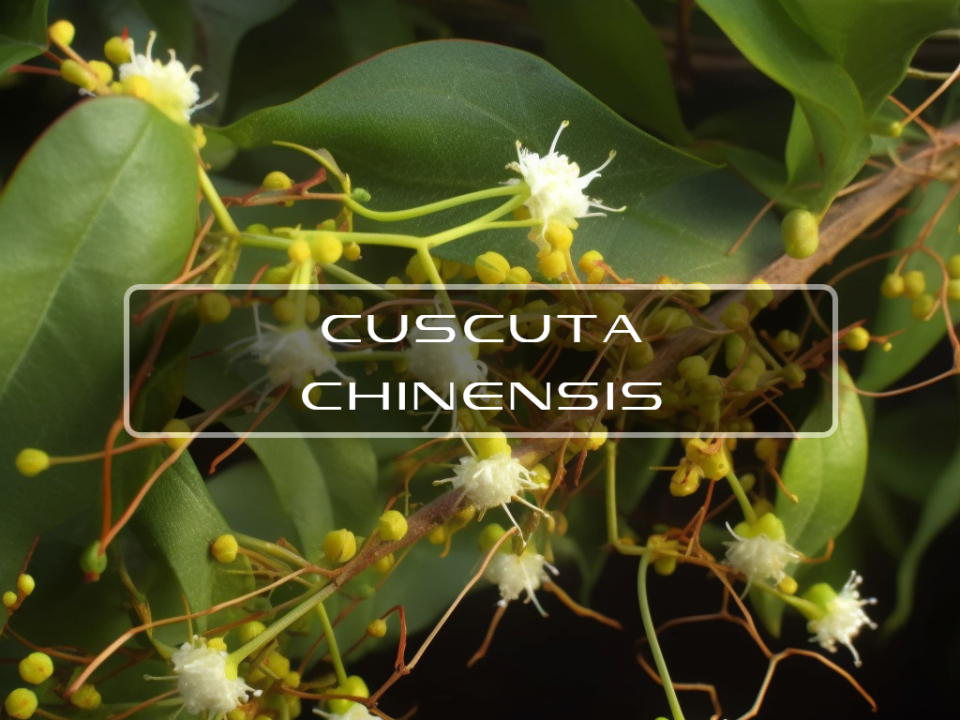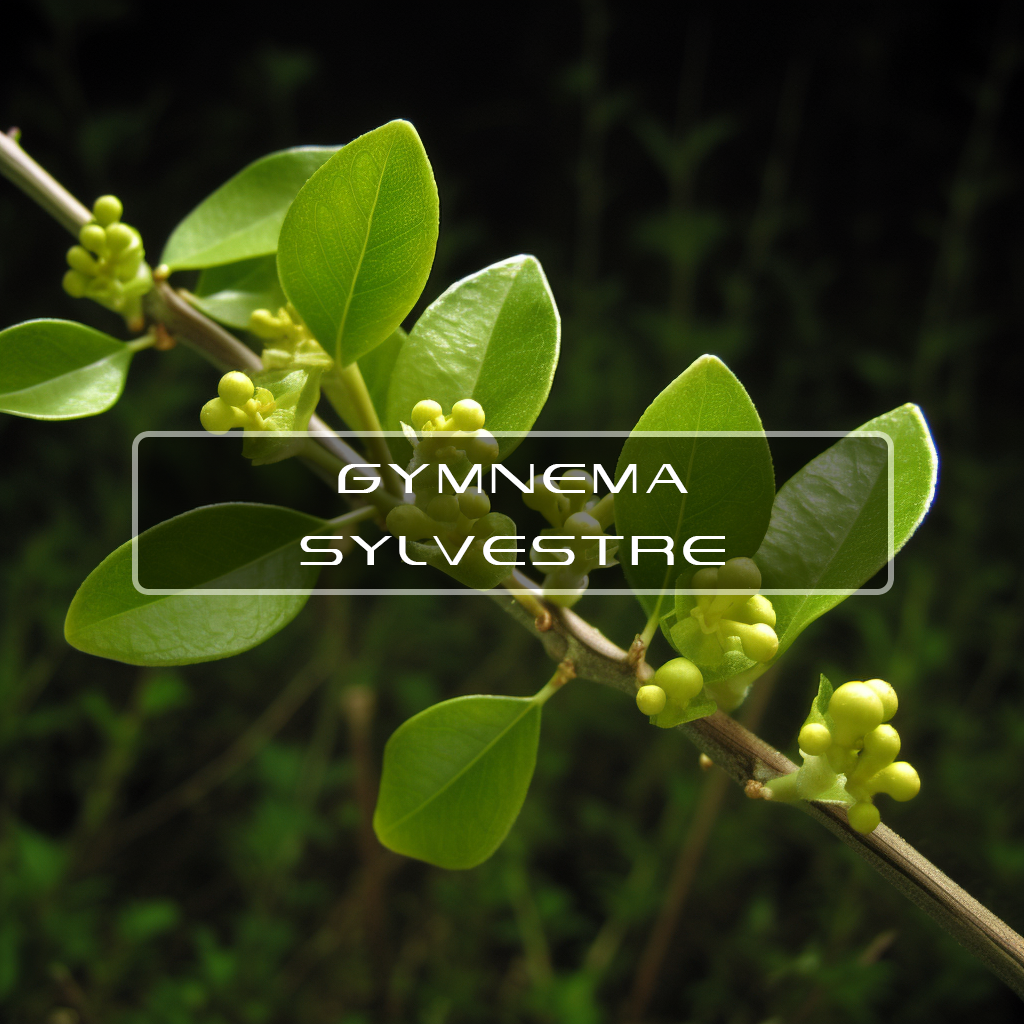
Gymnema Sylvestre
July 9, 2018
Hibiscus Flower
July 13, 2018Gynostemma
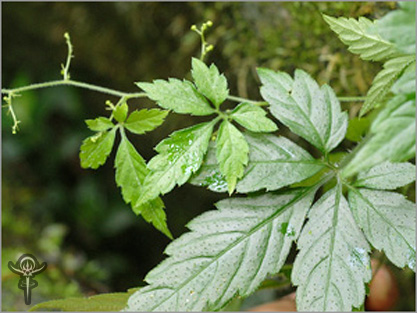
There is a compound called "gypenosides" that is responsibile for the many benefits contained within this amazing herb. It prompted Japanese and Chinese researchers to conduct many studies on the herb.

Benefits of Gynostemma
(Article)
The neuroprotective effect of GP may be attributed to increased antioxidation, as manifested by significantly increased glutathione content and enhanced superoxide dismutase activity in the substantia nigra. These results strongly indicate the possible therapeutic potential of GP as an antioxidant in PD.
Findings suggest that Gypenoside XLIX inhibits cytokine-induced VCAM-1 overexpression and hyperactivity in human endothelial cells via a PPAR-α-dependent pathway. These data provide new insight into the rational basis of the use of the traditional Chinese herbal medicine G. pentaphyllum in the treatment of inflammatory and cardiovascular diseases, including atherosclerosis.
Weight Loss -Because of the compounds contained in gynostemma it assists with an improved blood flow when performing exercises and increases the duration of the exercise. AMP-activated protein kinase (AMPK) is a key sensor and regulator of glucose, lipid, and energy metabolism throughout the body. Activation of AMPK improves metabolic abnormalities associated with metabolic diseases including obesity and type-2 diabetes. The oriental traditional medicinal herbal plant, Gynostemma pentaphyllum, has shown a wide range of beneficial effects on glucose and lipid metabolism.
Allergies - Gynostemma boosts the immune system cell production when it is overactivated. The results showed that GPMPP might play an important role in prevention of oxidative damage in immunological system. These findings indicate GPMPP has immunomodulatory activity in vivo and seems to be an effective natural immunomodulatory agent.
Reduces Asthma Symptoms - Asthma patients suffer because of the blood vessels contracting within the lungs. The extract of gynostemma supports better flow and has shown signs of preventing and treating asthma. Findings suggest that Gypenoside XLIX inhibits cytokine-induced VCAM-1 overexpression and hyperactivity in human endothelial cells via a PPAR-α-dependent pathway. These data provide new insight into the rational basis of the use of the traditional Chinese herbal medicine G. pentaphyllum in the treatment of inflammatory and cardiovascular diseases, including atherosclerosis.
Protects Cells - Antioxidant enzymes have been found within Gynostemma that have been able to reduce oxidative cell damage in recent animal studies. The antioxidant potential of GPSO was evaluated by radical-scavenging activity and ferric-reducing antioxidant power assay in vitro, and the antioxidant activity in vivo was examined by using an aged mice model.
All the results suggest that GPSO has direct and potent antioxidant activities; it could be utilised as a functional food to supplement or replace some conventional oils.
Diabetes - Gynostemma has been found to regulate blood sugar levels and boost antioxidant enzymes. Gynostemma pentaphyllum (GP) is a natural plant resources for diabetes therapy, however, there is little research on the mechanisms of GP. The present study was undertaken to characterize if G. pentaphyllum saponins (GPs) is the principal active compound of GP responsible for anti-diabetes, and to examine the relativity between blood glucose modulate and antioxidation.>br?Finding provides a new insight into the application of GPs for the treatment of oxidative stress related diseases.
